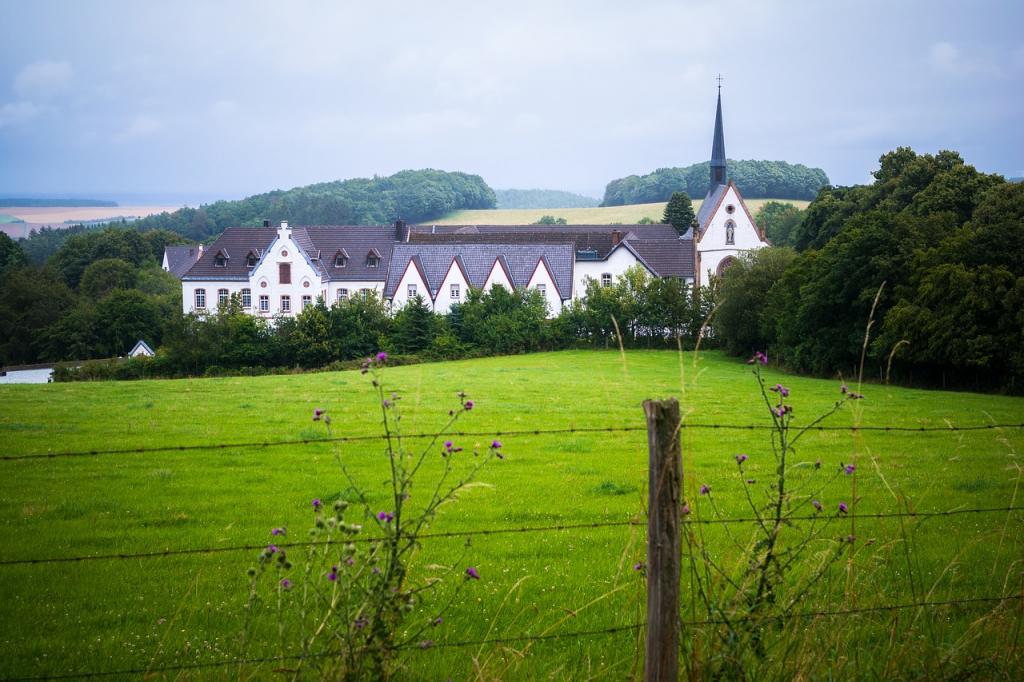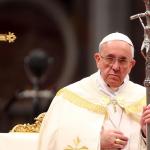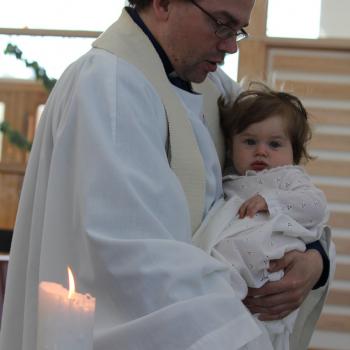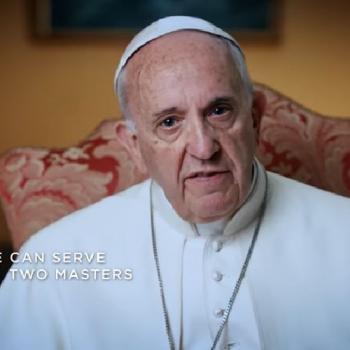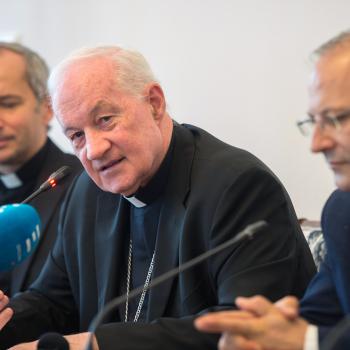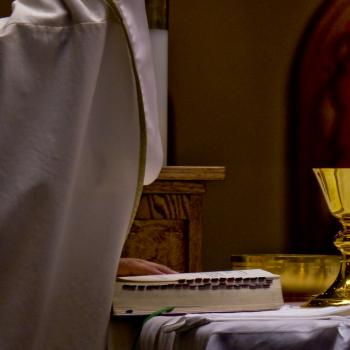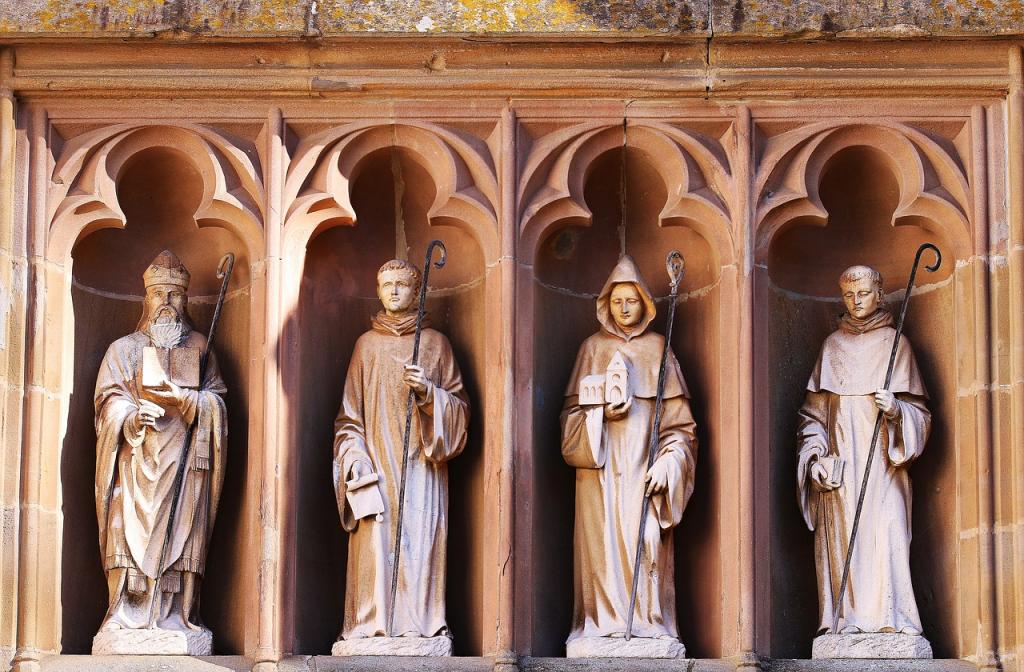
By Cameron Doody and Hendro Munsterman
Pundits on the far right skewed it as the revenge of the “current vindictive regime installed in Rome”. “What two world wars could not destroy, Bergoglianism could”, they said. But the Mariawald monastery in Germany, whose closure was announced two weeks ago now, turns out to have been a victim not of the “savagery” of either Pope Francis or the Vatican but of an ageing community and “internal tensions” brought about by the reintroduction in the house of the traditional Roman Rite liturgy.
Dom Bernardus Peeters is the abbot of the Koningshoeven monastery in Tilburg, in the Netherlands. Since 2016 – when he was appointed to the position by the then Secretary for the Vatican Congregation for Institutes of Sacred Life, (now Cardinal) Joseph Tobin – he is also the papal commissioner for Mariawald, the only Trappist monastery in Germany.
“I am the one who has to turn off the light”, says Dom Bernardus, with somberness in his voice. “But it was inevitable”. The monastery in the Aachen diocese was founded in 1480 as a Cistercian abbey, and the Trappists have lived there since 1860.
The average age of the ten brothers who live at Mariwald is 81. But ageing was not the only problem. According to Dom Bernardus “internal tensions arose in particular when the then abbot received a privilege from Pope Benedict XVI in 2008 to reintroduce the old rite”, aiming to “revive the community” in the line of Pope Benedict XVI’s motu proprio Summorum Pontificum, a document that gave traditionalist believers and priests the possibility to celebrate more easily the liturgy of Pope Pius V – in the latest updated version of 1963 before it was replaced by the new version of Pope Paul VI.
“Internal tensions” – as Peeters describes them – arose after the then-abbot, Dom Joseph Vollberg, arranged this “return to tradition” single-handedly, without any consultation with the community. Despite criticism of the new liturgy’s “anthropocentric tendency” and much talk about Mariawald’s “openness to the Church’s uninterrupted tradition” and a “more intense spiritual life… slowing bearing fruit” in terms of new vocations, it turned out that only one new member has made his temporary vows at the monastery after the reintroduction there of the Latin Mass.
So it is that Peeters decries as “foolish” attempts by ultraconservative Catholic media outlets to paint the closure of Mariawald as the Vatican attempting to wring the old liturgy’s neck. “There were a lot of internal problems”, he says. “Attempts were made to find solutions to these but that didn’t work out; that was the reason a request was made to the Congregation in Rome to be placed under supervision”, he adds.
Whether something of a renewal in Mariawald is possible remains to be seen, says Peeters. He doesn’t discount the possibility of some kind of rebirth despite the fearmongering of the conservatives who panic that monastery “could be closed forever”. The press release that announced the closure of the house states there remains “a decent hope that Mariawald may remain a spiritual place that can draw on centuries of tradition’. Dom Bernardus is in discussion with the Diocese of Aachen about the possibility of a “new ecclesiastical destination”.
